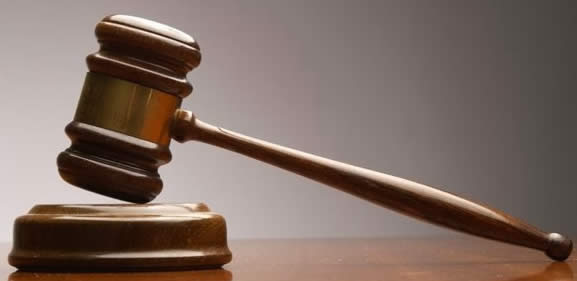Editorial Comment: Road traffic cameras progressive

 IT is a rare day when a Harare driver will not see an accident or the remains of an accident, such as glass in the street.
IT is a rare day when a Harare driver will not see an accident or the remains of an accident, such as glass in the street.
Few of these accidents result in death or injury, but the accumulated damage is considerable and reflected in the surprising length of the list of panel beaters most insurance companies give those of their clients unfortunate enough to be struck by another motorist breaking the law. And, of course, there are deaths and injuries even if most accidents are marked by damage only to property.
Almost all these accidents are caused by a motorist breaking the law, as can be seen from the records of the police traffic units. It is highly unusual for an accident not to result in at least an invitation for a motorist to pay a deposit fine and some result in a formal court appearance.
The common causes are easy to list: failure to stop at an amber or red traffic light, failure to stop at a Stop sign, failure to give way at a Give Way sign, failure to select the correct lane in time, failure to ensure that a lane is clear before moving into it, failure to keep within a speed limit or, in some circumstances, failure to travel at a reasonable slower speed than the limit.
Of these amber and red traffic lights seem to attract the greatest number of law breakings, a high fraction of motorists seeming to regard stopping at a traffic light as something to be avoided at almost all costs, even if the cost is killing a child, wrecking their car or kombi, or causing a serious traffic jam because they entered an intersection knowing that there was no chance at all they could exit by the time the lights changed.
And late at night a majority of motorists simply ignore red lights, just driving through them.
Now a programme has started to put cameras at selected lights. These will record the details of the vehicles, including numbers, used by drivers who do not stop at an amber when they have space and time to do so, who do not stop on the red and, we hope, will also record those who enter a jammed intersection when a light is green knowing that they will be trapped in that intersection when the lights change.
It would also be useful if the cameras could record those who turn right from left only lanes, those who turn from straight ahead lanes, and those who proceed straight from right turn only lanes. All these breaches of the Highway Code increase the dangers of using the roads.
Unlike a policeman, a camera can be on duty 24 hours a day and with access to records it is not that difficult to track down the owner of a photographed vehicle. More importantly, when motorists realise that they are being watched all the time they are likely to behave. A camera is worthwhile even if no one is caught because no one is breaking the law.
All these signs of impatience at lights do not speed traffic flows. If everyone obeyed the laws traffic would flow better and would flow a great deal more safely.
There is no need to stop with cameras at traffic lights. Camera-based speed traps are increasingly common in many countries and cameras monitoring the worst accident black spots could all supplement the efforts of the police at modest cost and force more drivers to obey the law and save lives and property.










Comments